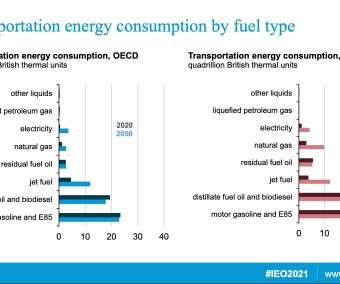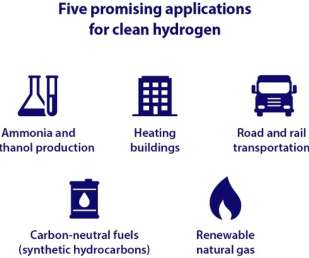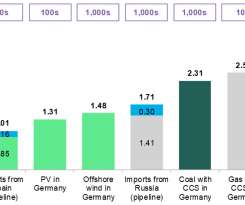Consortium moves ahead with HESC pilot for conversion of Australian coal to LH2 for transport to Japan
Green Car Congress
APRIL 18, 2018
The Hydrogen Energy Supply Chain ( HESC ) project will convert brown coal from the AGL Loy Yang mine into hydrogen at an adjacent site and then transport the gas by road in high pressure tube trailers to a liquefaction terminal at the Port of Hastings. The liquefaction process will cool the hydrogen gas to ?253°C










































Let's personalize your content